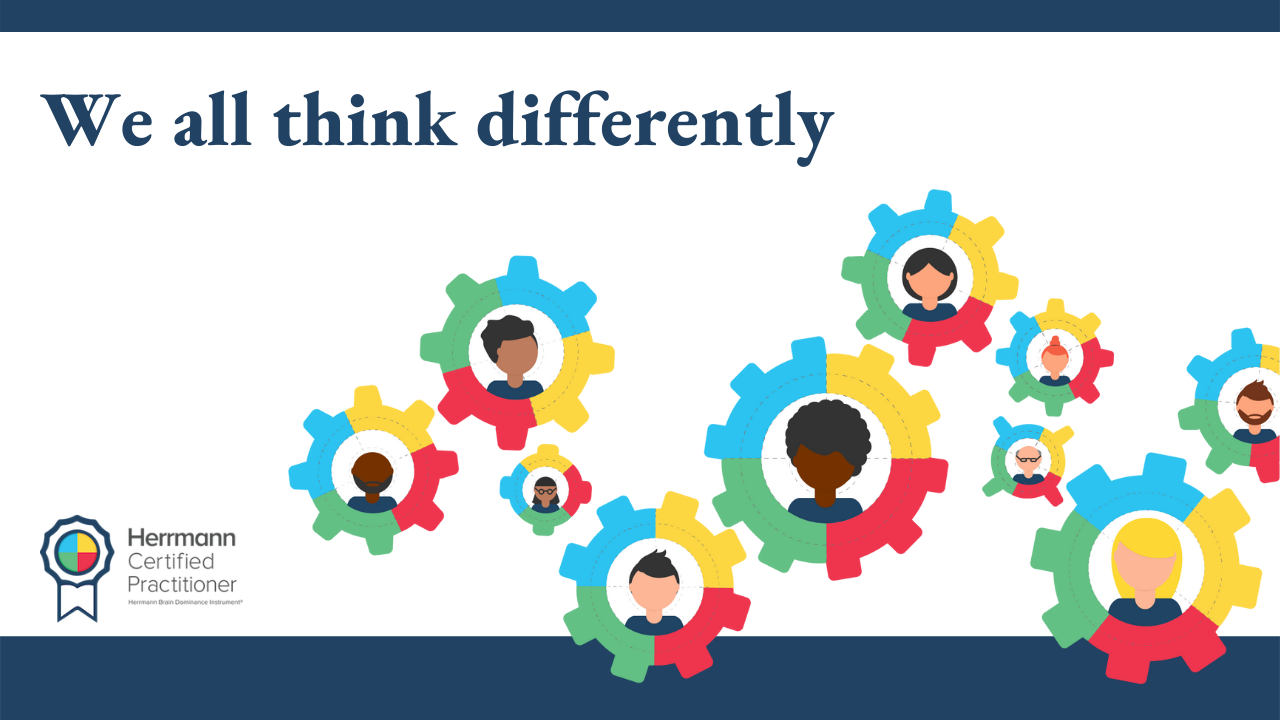Effective Work Health and Safety Committee is important, as they are the pillars of safety communication to all workforce. In this article we will discuss integrating thinking styles, and HBDI Team Profile to teams Work Health and Safety Committee training.
A Work Health and Safety Committee (WHSC) is a work unit composed of workers and health and safety representatives (HSRs) who are responsible for the development and implementation of safety instructions.
Safety is a persistent workplace issue that requires any business owner’s fullest attention. However, it’s not always possible to stay on top of all safety issues in the organisation; not with the growing demand to keep a business alive and booming.
What is a Work Health and Safety Committee?
A Work Health and Safety Committee act as a bridge between workers and business owners, conducting meaningful conversations on what could be performed to manage risks, remedy injurious work activities, and improve the overall ease of performing work.
Work Health and Safety Committee are crucial especially in industries that are inherently high-risk such as in mining and construction. Thus, it’s necessary that committee members not only show up to their roles, but also receive proper training to competently carry out to those roles.
Here’s what it usually looks like:
Training Work Health and Safety Committee Members
Any WHS committee is expected to perform the following functions:
- Conduct forums wherein workers can openly express safety issues and suggest reforms in existing safety procedures
- Ensure that persons conducting business or undertaking (PCBU) are compliant to WHS state laws
- Document injurious incidents within the organisation
- Monitoring safety practices
- Spearhead induction programs for contractors in order to ensure that both them and the business are on the same page
The basic roles and responsibilities of WHSCs along with soft skills such as negotiations and team building can be covered in day-long training program. It can be held online, onsite, or in a classroom setting depending on the needs of the business at the time.
What are the benefits of developing effective teams?
When it comes to motivating and developing your WHS team, there is no one size fits all approach. Workplaces are collaborative environments influenced by a variety of Thinking Styles™.
By understanding your employees’ thinking styles, you can create a collaborative and inclusive workplace. In addition to improving the effectiveness of your current teams, team effectiveness programs can also assist in identifying new teams that could have great success working together.
When Whole Brain® Thinking and the HBDI Team Profile® are integrated into safety consultation and communication, employers are able to build high-performance teams that are both powerful and productive.
Investing in the effectiveness of your health and safety team may provide the following benefits:
- Optimize efficiency and effectiveness
- Boosted communication
- A happy workforce
- Engage employees
- Establish strong relationships
- Retain employees
Reading More Information on WHS Ccommittee Training can assist you to choose WHS Training.
HBDI for Work Health and Safety Committees
When we talk about effective WHS Committees, teamwork comes next to competence. A competent bunch can only do so much if they aren’t cohesive— exactly why you can benefit from a psychological measurement that determines how employees can work synergistically despite having different approaches to problems.
The Hermann Brain Dominance Instrument (HBDI) follows the theory that people’s thinking style affects a lot of aspects in their lives including decision-making and problem-solving.
There are four thinking styles namely— Analytical, Practical, Relational, and Experimental; all of which are present in every person, only in varying levels. One or a combination of any of the quadrants may be more dominant and thus becomes the person’s thinking preference. Despite this, all thinking styles can be accessed; the less dominant ones just require more training.
Applying this to WHS Committees, an HBDI Team Profile can provide insight on how each member can wield their strengths to complement those of others. HBDI data sets can also develop a profound appreciation for the contribution of each member to the team, seeing that there is always a situation that calls for each thinking preference.
Learn more about how you can integrate A Work Health and Safety Committee Training and HBDI Team Profile to your workplace health and safety initiatives. Call 07 5499 2406 to talk to WHS and HBDI specialist.
Access Work Health and Safety Books from Amazon: Work Health and Safety













